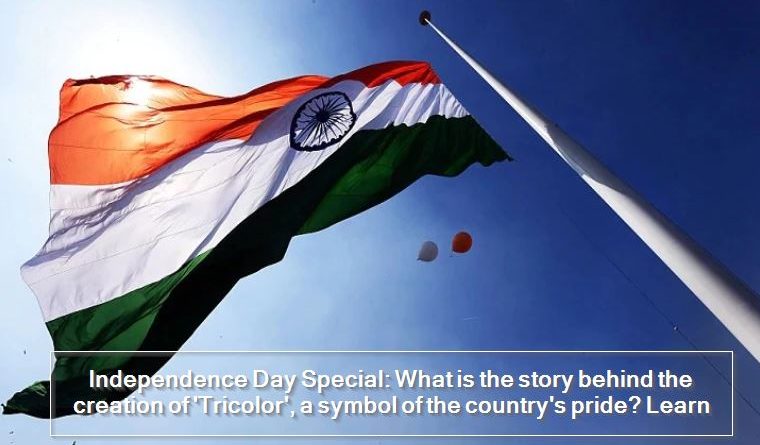Independence Day Special: What is the story behind the creation of ‘Tricolor’, a symbol of the country’s pride? Learn
The way we are seeing the national flag of India today, it was not like this in the beginning. It will be very interesting to know how our national flag has come into its present form, taking the path of many changes from its earlier format.
On 15 August, the Prime Minister of the country hoists the tricolor flag and gives his address to the nation. The tricolor flag holds special significance on this important day in the name of the country. Was the way the tricolor today was the same as before? There is an interesting history behind the story of the formation of the national flag of our country.
The national flag of India has a horizontal stripe of saffron color at the top, which is divided in equal proportion between white and dark green. The ratio of the width of the flag to the length is 2: 3. There is a blue circle in the center of the white band which has 24 tillies. This symbol is taken from the Ashoka Pillar at Sarnath.
The present form of the national flag of India was adopted during the Constituent Assembly meeting held on 22 July 1947, a few days before India’s independence on 15 August 1947. It was then adopted as the national flag of the sovereign republic of India on 26 January 1950. Because of the three colors in the flag, it is also called ‘tricolor’.
[amazon box=”B07SDFC9QT” “small”]
The way we are seeing the national flag of India today, it was not like this in the beginning. It will be very interesting to know how our national flag has come into its present form, taking the path of many changes from its earlier format. It started during our national struggle. The form of the Indian national flag today is possible by going through many aspects of a long link of the development of the flag. There are some historical milestones in the development of our national flag which gave different colors and identity to different flags.
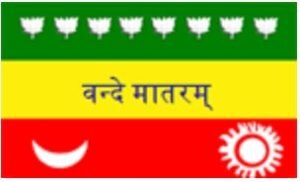
1. The first form of the Indian national flag was adopted during the Swadesi movement. The first national flag was hoisted at Parsi Bagan Chowk (Green Park) Calcutta (Kolkata) on 7 August 1906. This flag was of three colors, with green, yellow and red colored pants. Some symbols were shown in these strips. Eight pen flowers in green stripe, moon and sun in red stripe and Devanagari script in yellow stripe in the middle, ‘Vande Mataram’ is written.
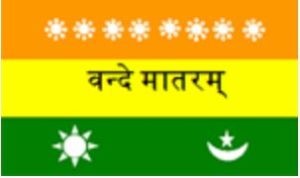
2. The flag hoisted by Madame Bhikhaji Cama in Paris in 1907 in the presence of some revolutionaries of India is considered as the second national flag. It was also like the first flag, except that the color of the top strip was saffron and instead of lotus, seven stars were Saptarishi symbols. The color of the bottom strip was dark green, in which the sun and moon were inscribed.
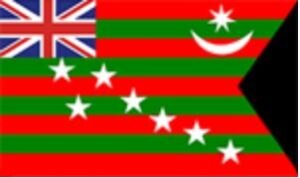
3. The third national flag was given shape under the cover of the Home Rule Movement of 1917. The flag had five red and four green horizontal strips. Within which Saptarishi had seven stars. Union jacks were also present on the left and upper sides. There was also a white crescent and star in one corner.
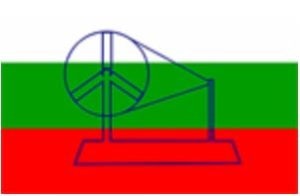
4. In the year 1921, in the session of the Indian Congress Committee in Vijayawada, a flag was used, which was called the Chaudha national flag. Three color strips symbolized Gandhiji’s spinning wheel. This flag has three colors – red and green in addition to the white color, which represents the two major communities ie Hindu and Muslim.
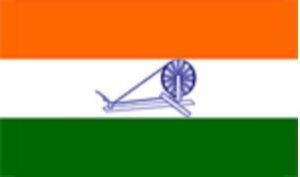
5. The national flag adopted in the year 1931 was very close to the form of our present national flag. This flag had three colors – saffron, white and green stripes. Gandhiji’s spinning wheel was made in the middle of the white belt.
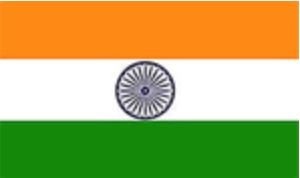
6. The present form of the national flag was taken on 22 July 1947 on behalf of the Flag Committee of the Constituent Assembly. The chairman of this committee was Dr. Rajendra Prasad.

